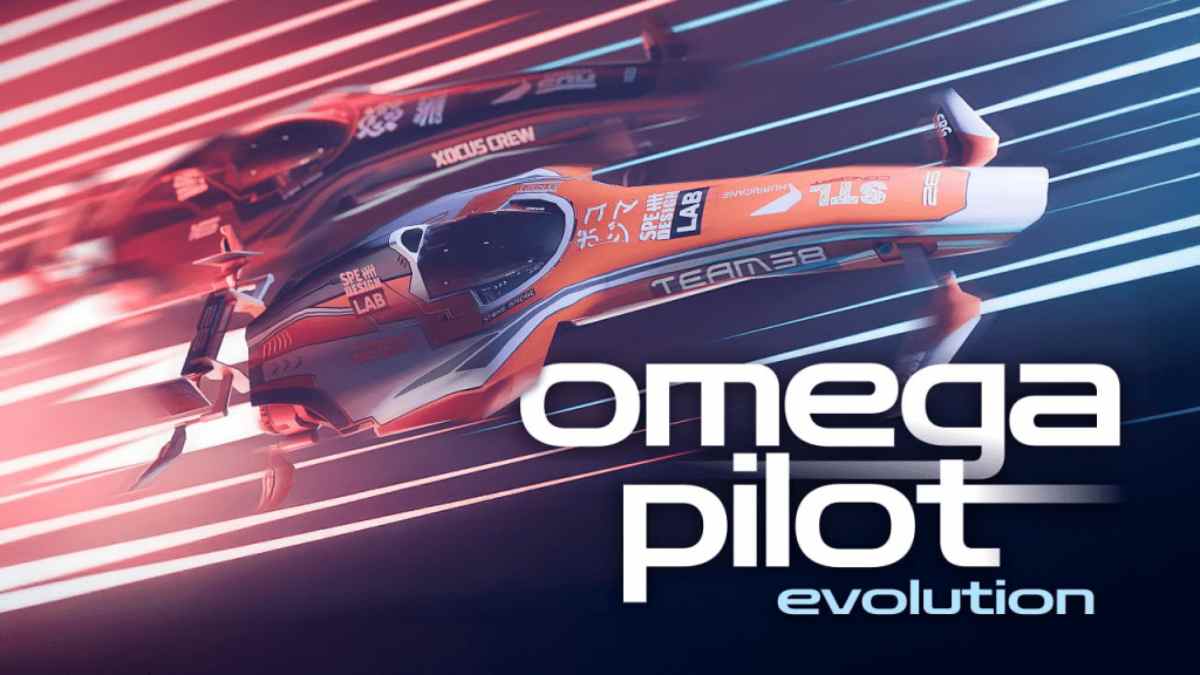The cockpit-based racer Omega Pilot is getting a full upgrade. A reimagined version called Omega Pilot Evolution is now in the works, and it’s not just a patch or minor expansion. It’s a ground-up relaunch that reshapes the original game with a stronger focus on manual control, multiplayer competition, and broader headset support.
For players who bounced off the earlier version’s limited depth or rigid structure, Evolution looks like an attempt to open things up. It keeps the same high-speed concept but leans harder into skill-based piloting and community-driven features.
Hands-on control takes center stage
The biggest shift is in how you fly. The original Omega Pilot mostly relied on simplified control schemes that handled turning and speed automatically. In Evolution, that changes. Players will now have full manual control using VR motion input, which means managing both pitch and roll during tight maneuvers.
This brings it closer to cockpit sims than arcade racers. It’s less about following glowing arrows and more about mastering movement. The change also suggests a higher skill ceiling, which could make races more competitive, but also more punishing for casual players.
Multiplayer gets proper structure
Multiplayer was available before, but it was basic. With Evolution, the competitive side gets a real upgrade. Ranked lobbies, match-based sessions, and online progression systems are being added. It’s more organized now, built to support long-term engagement rather than quick matches.
Time trials and solo runs are still part of the experience, but the emphasis is clearly on real-time head-to-head racing. There’s also a new UI and race lobby system, aiming to smooth out the transition between runs and improve visibility into rankings and rewards.
Available across more VR systems
Platform compatibility is also expanding. Omega Pilot Evolution is heading to Quest, Pico, and SteamVR, and crossplay is part of the plan. That alone makes it more accessible to a wider VR audience, especially given how fragmented the headset space still is.
This version is designed natively for standalone systems, not just PC VR, which suggests lighter load times and smoother performance for untethered play. The environments still rely on neon-lit sci-fi aesthetics, but early footage shows some visual upgrades compared to the original.
Evolution as a soft reboot
Calling this version “Evolution” isn’t just a marketing tweak. It acts as a soft reboot, likely targeting both new players and returning ones who felt the earlier version lacked depth. By separating it from the original in name and feature set, the devs are signaling a pivot in focus.
That said, Omega Pilot Evolution doesn’t stray far from its roots. It’s still a speed-focused, futuristic racer with a clean visual identity. What changes is the control philosophy and the emphasis on competition.
If the manual controls are responsive enough and the multiplayer infrastructure holds up, this could turn into a sleeper hit for the VR racing niche. There aren’t many titles competing in this space with real cockpit control and cross-platform play, so Evolution might be filling a gap rather than chasing trends.
Mobile Game Addict & Casual Gaming Critic
She’s played more mobile games than most people have downloaded. TAPTAPTAP is fast, fierce, and funny — reviewing the latest hypercasual hits, idle clickers, and gacha grinds with real talk and zero fluff.




